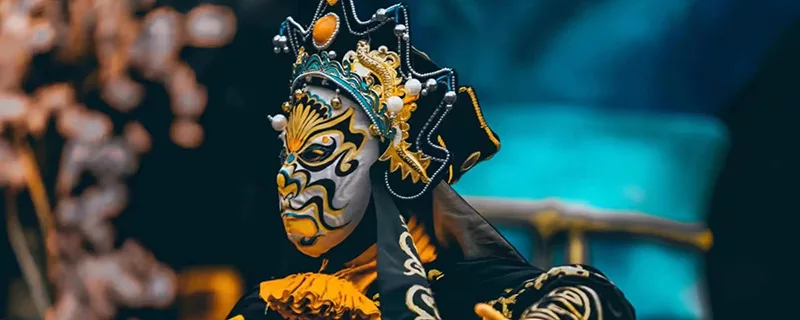Chengdu, the capital city of Sichuan province, is China’s top ten ancient capitals, a national historical and cultural city, and the birthplace of ancient Shu civilization. The Jinsha site in the territory has a history of 3000 years. It has such historical sites as the Dujiangyan Irrigation System, Wuhou Shrine, Du Fu Thatched Cottage and is one of the best China travel destinations. Of course, you must not miss the cute pandas when you come to Chengdu.
Must-see attractions in Chengdu
. Jinli Street
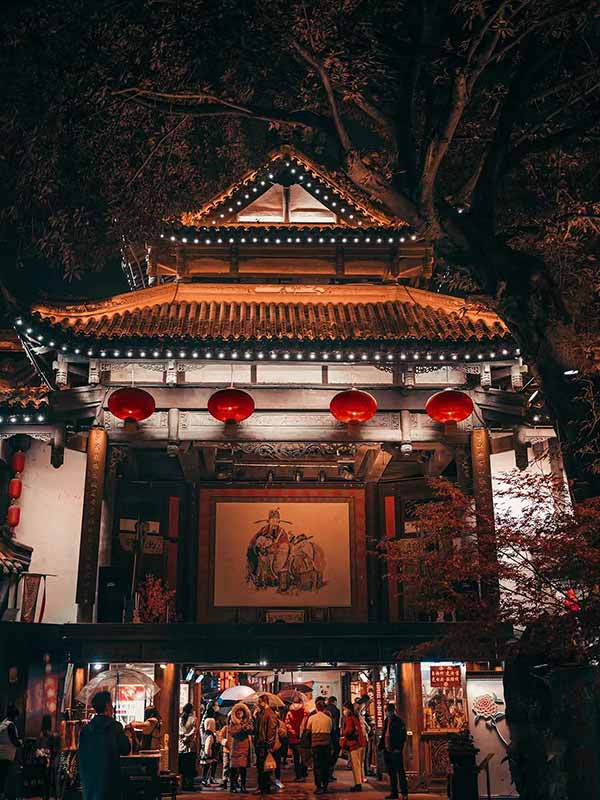
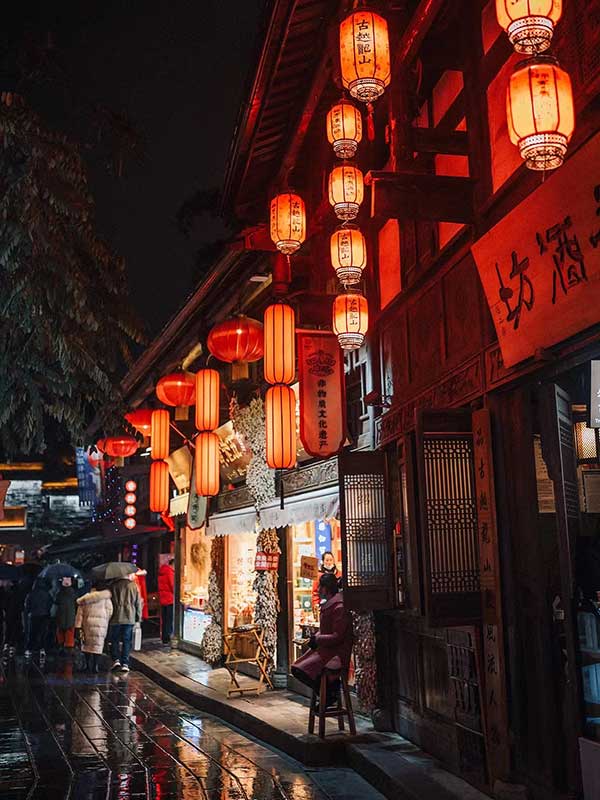
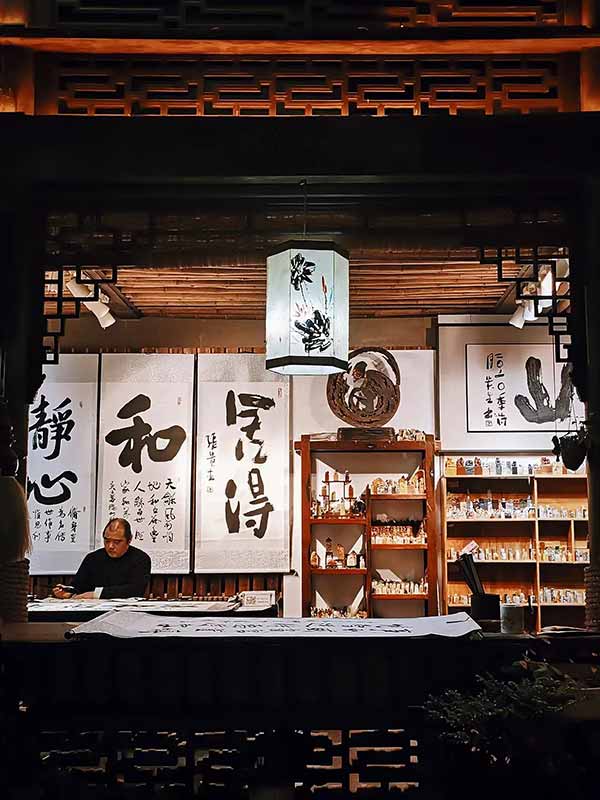
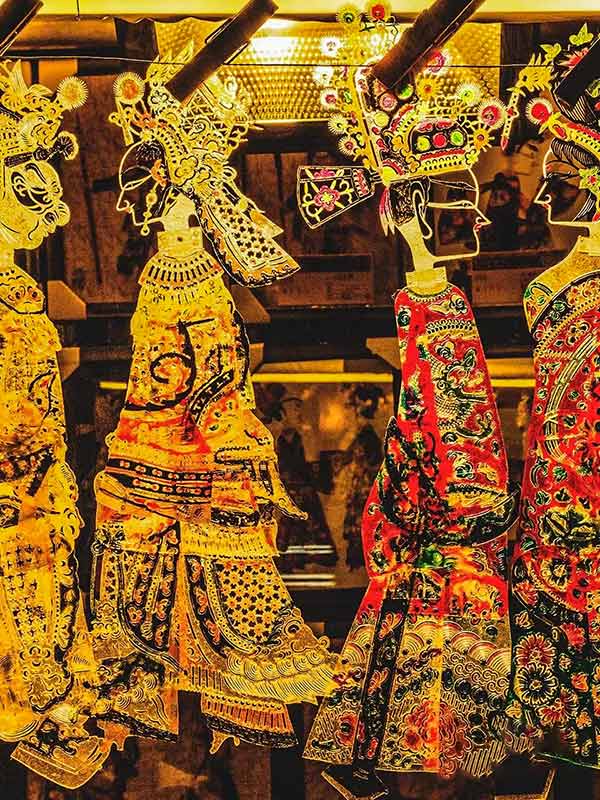
Jinli Street was once one of the oldest and most commercial streets in Chengdu’s history. Its history can be traced back to the Qin and Han dynasties more than 2,200 years ago. Today’s Jinli Street, in addition to a variety of interesting shops, also displays traditional Sichuan folk culture, such as paper-cutting, sugar people, shadow puppets, and clay figurines. As night falls, the red lanterns of the ancient streets are hung up high on time, dazzling and lively.
. Broad-narrow Alley
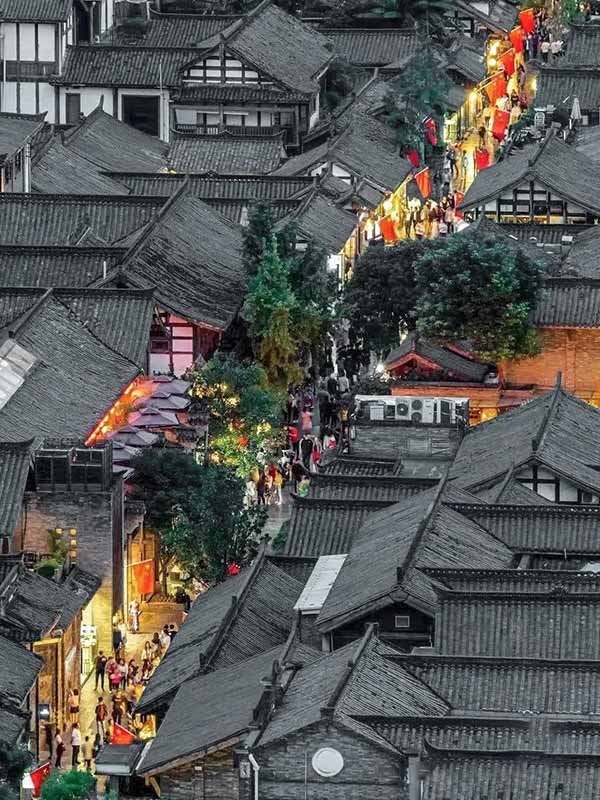
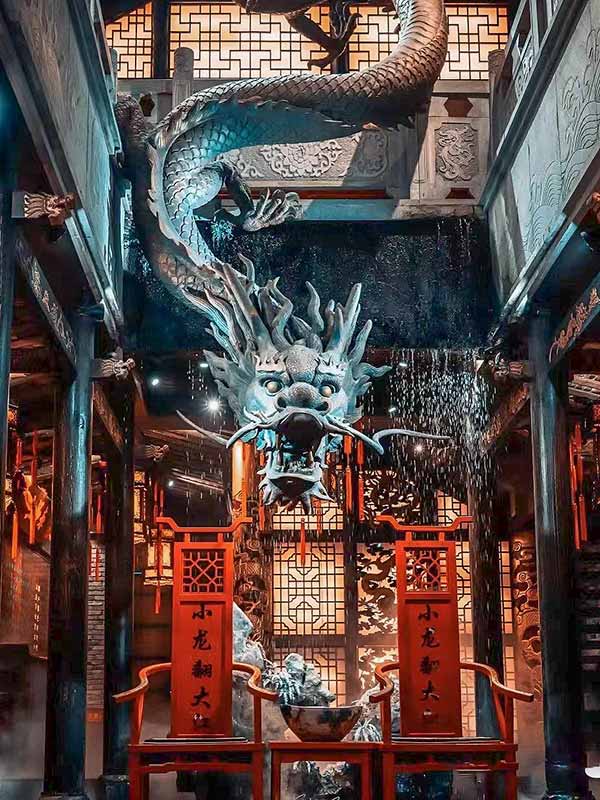
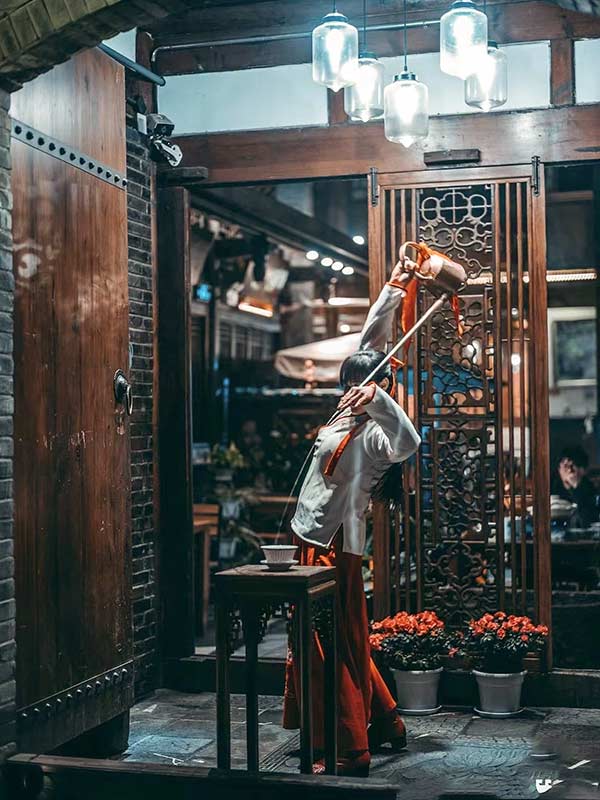
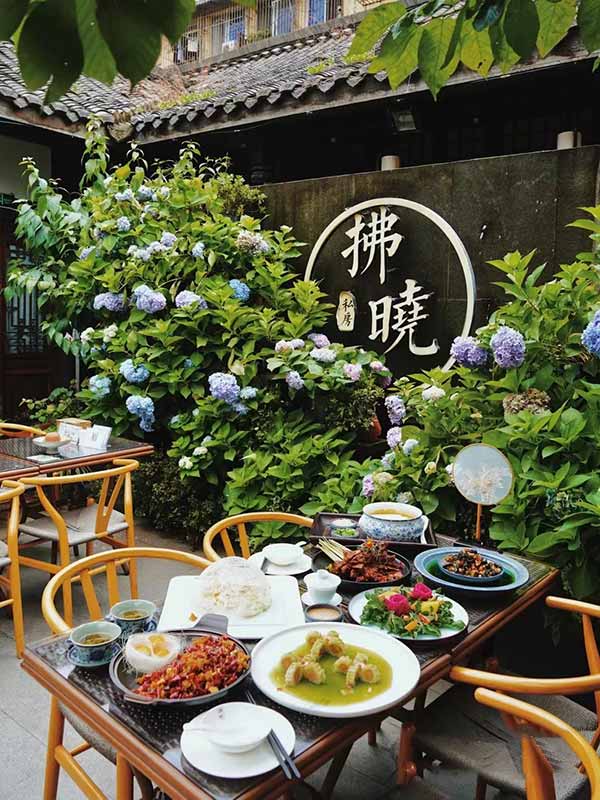
Broad-narrow Alley comprises broad alleys, narrow alleys, and well alleys arranged in parallel, all of which are antique courtyards with blue-black bricks and tiles. This area is also a legacy of a relatively large-scale Qing Dynasty ancient street. Now it is a commercial street with unique local characteristics.
. Chengdu Research Base of Giant Panda Breeding
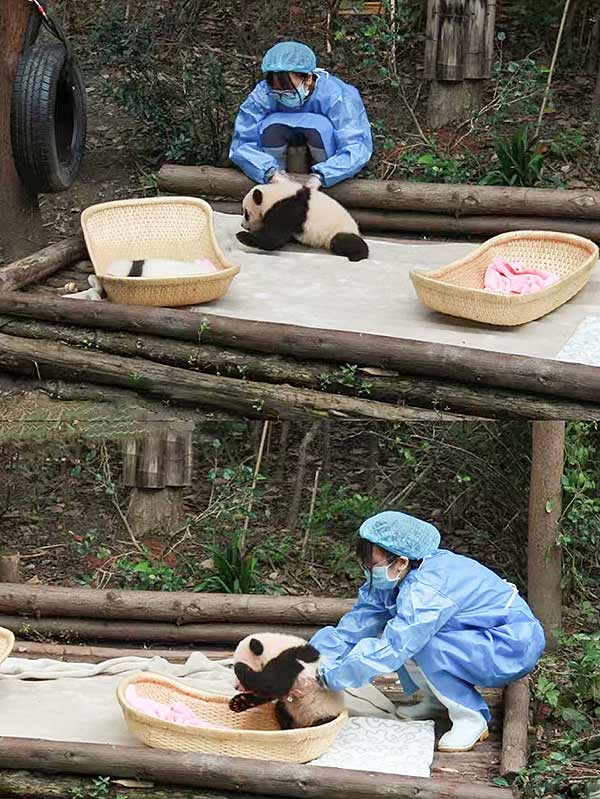
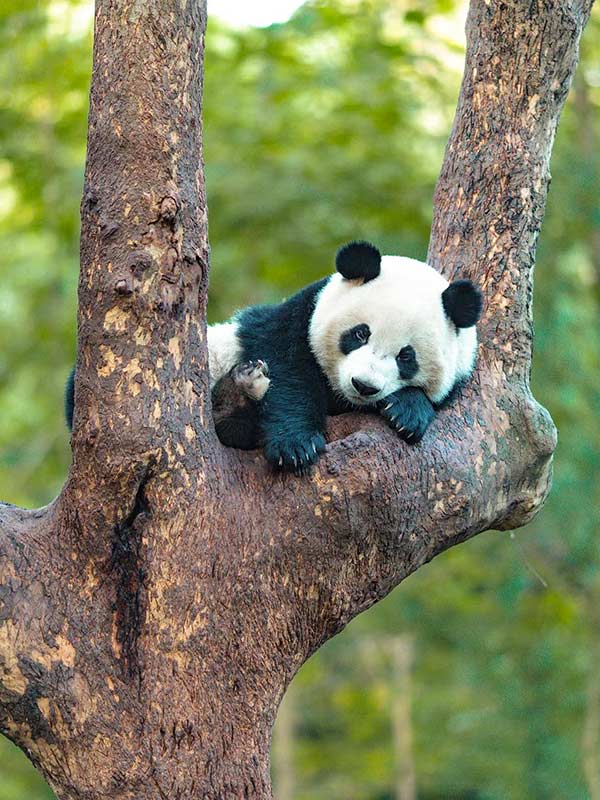
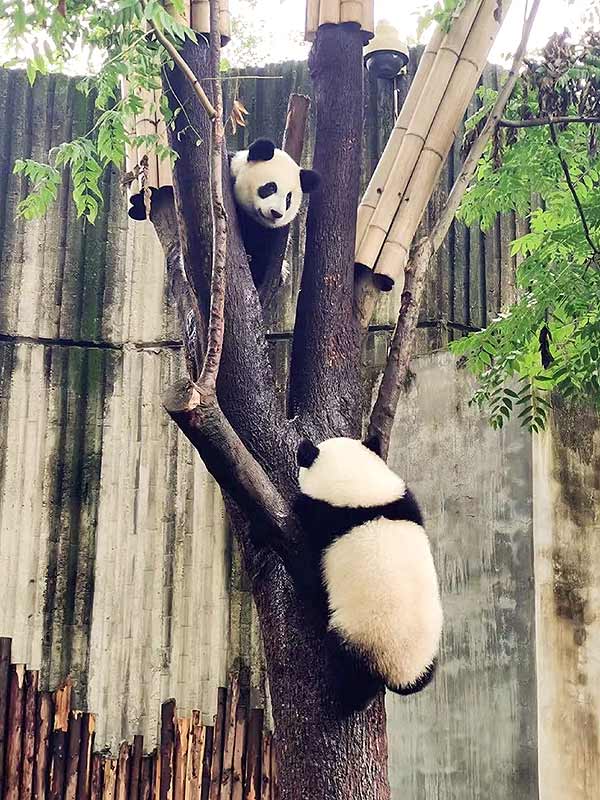
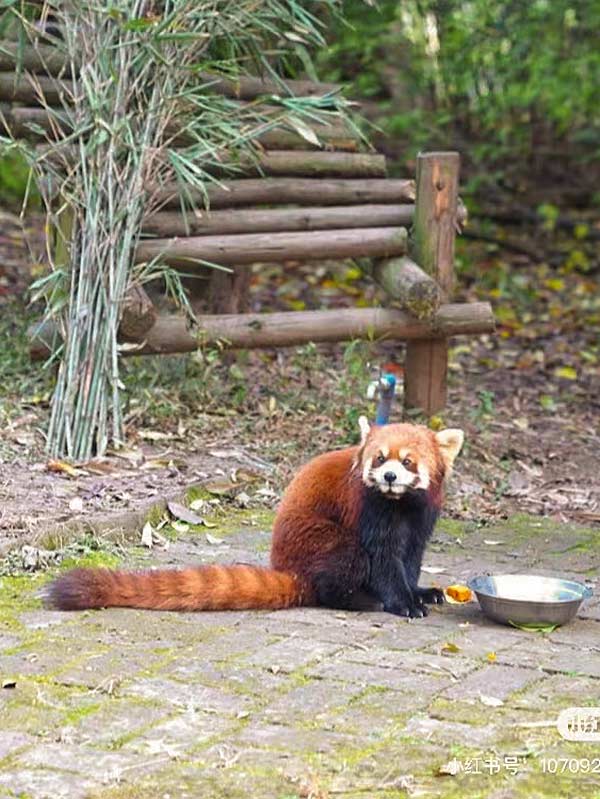
Chengdu Research Base of Giant Panda Breeding is one of the leading research bases of the Chinese government to implement the ex situ conservation project of giant pandas and other endangered wild animals and is a national AAAA-level tourist attraction. It is a world-renowned conservation and research institution for giant pandas and other rare and endangered wild animals. It integrates pandas’ scientific research and breeding, conservation education, educational tourism, and panda culture construction.
Attractions near Chengdu
. Leshan Buddha
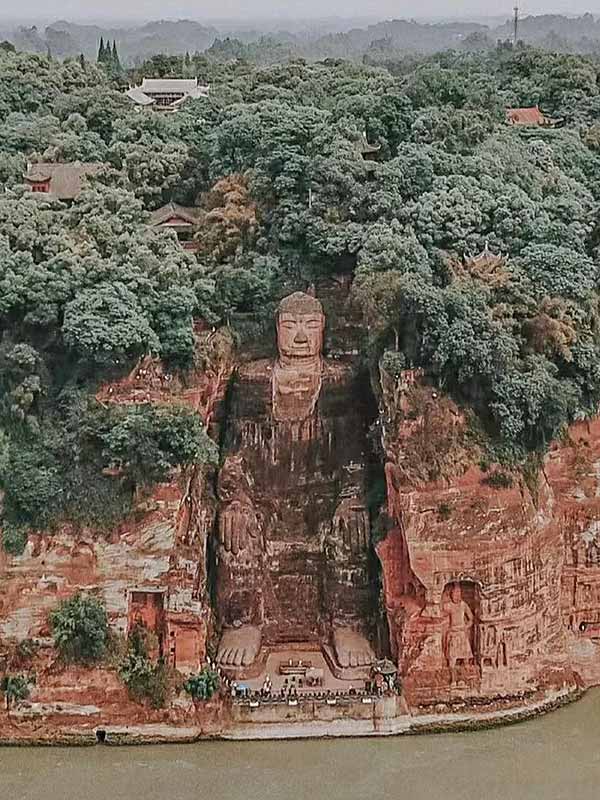
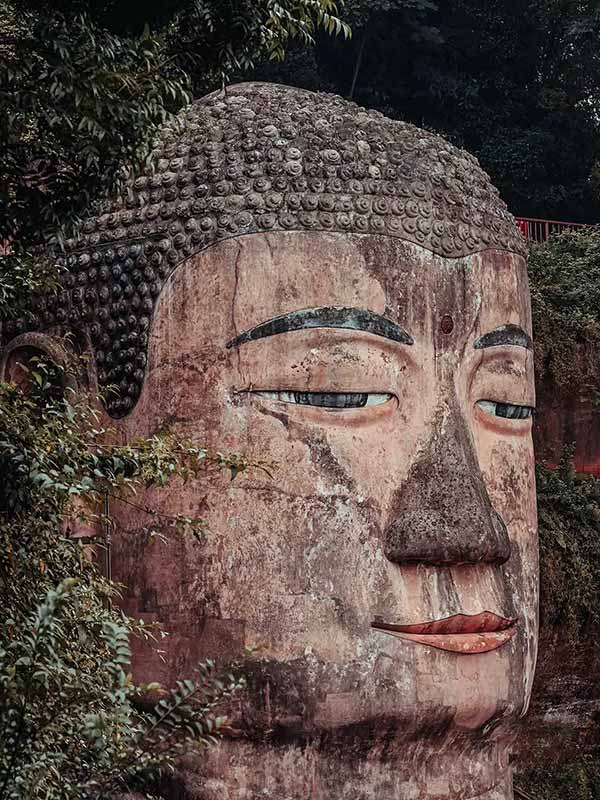
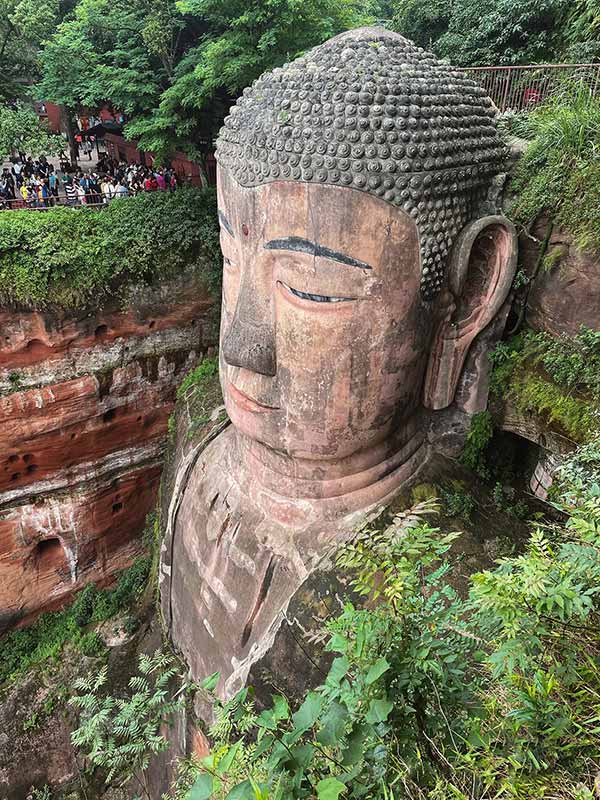
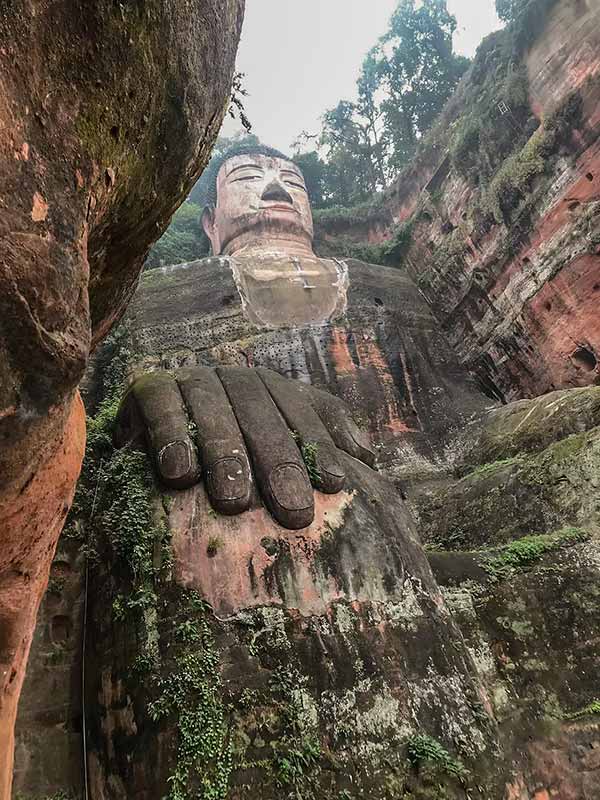
Leshan Giant Buddha sits at the confluence of Dadu River, Qingyi River, and Minjiang River. The water here used to be quite ferocious, and ships have often been overturned. Zen Master Haitong initiated to reduce the flow of water and purify all living beings. He recruited human resources to excavate and build the Leshan Giant Buddha in the first year of Tang Kaiyuan (713). It finally took about 90 years to complete. The Buddha is a seated Maitreya Buddha with 71 meters high and is the largest cliff rock sculpture in China.
. Dujiangyan Irrigation System
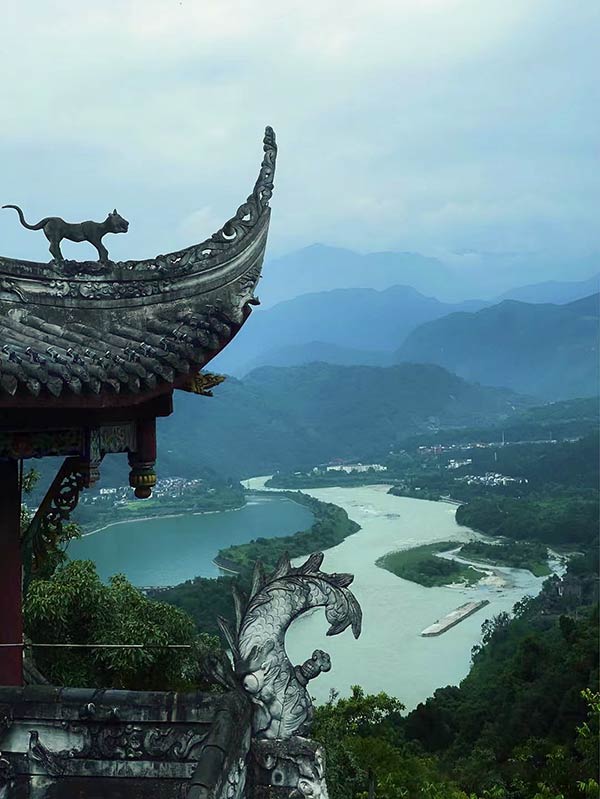
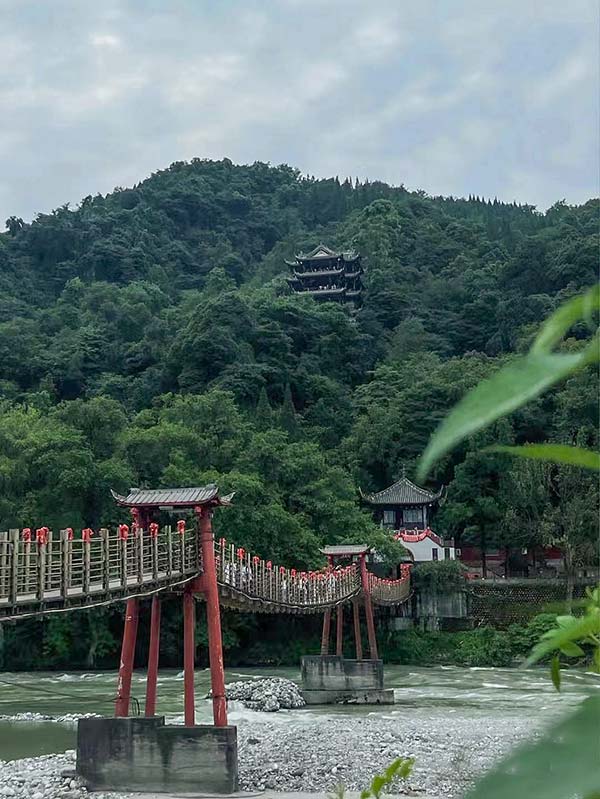
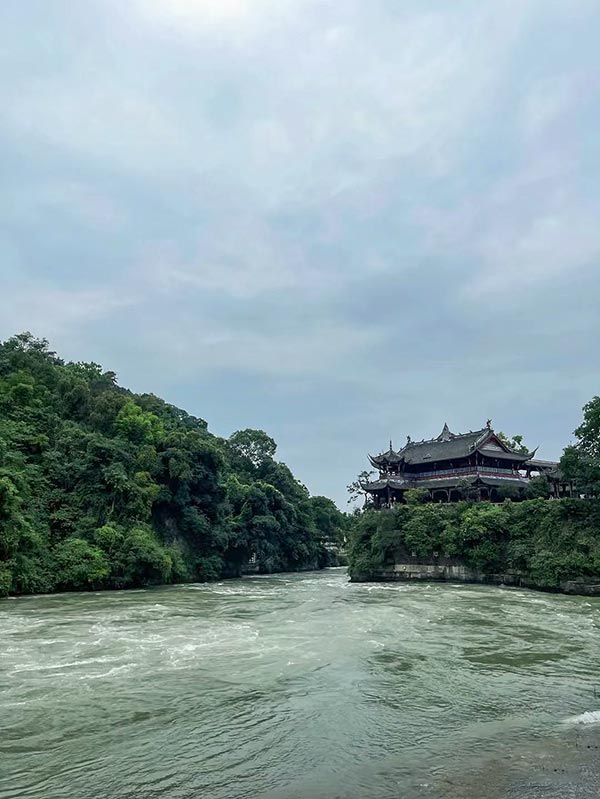
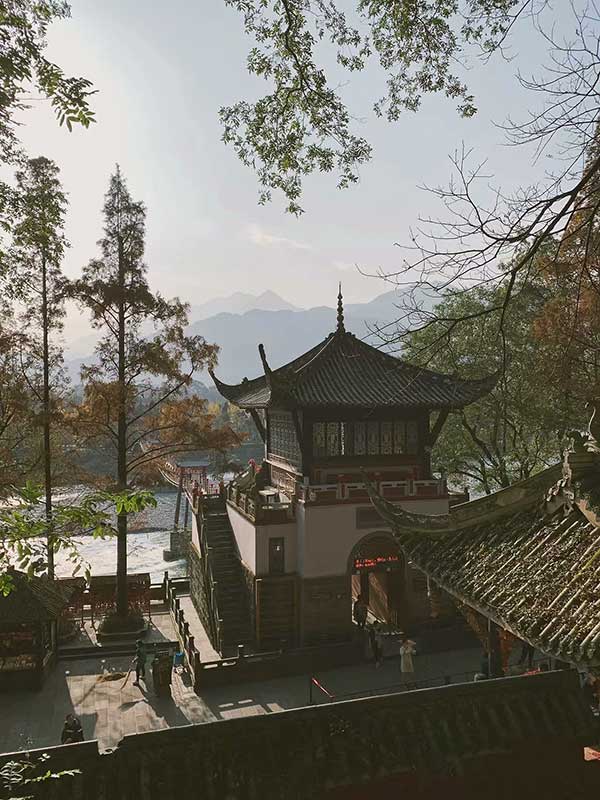
In 256 BC, the Dujiangyan Irrigation System, built by Li Bing, the governor of the Qin Kingdom during the Warring States Period, was located on the Minjiang River on the west side of Dujiangyan City, 56 kilometers away from Chengdu. This large-scale water conservancy project is still irrigating the fields, and it is a great water conservancy project that benefits the people. It is well-known for its long history and no dam diversion and is the originator of the world’s water conservancy culture.
. Mount Qingcheng
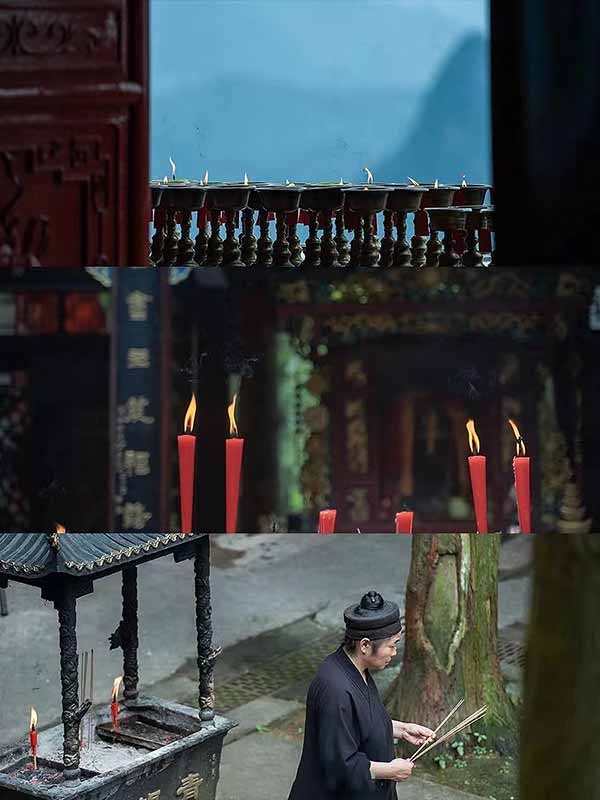
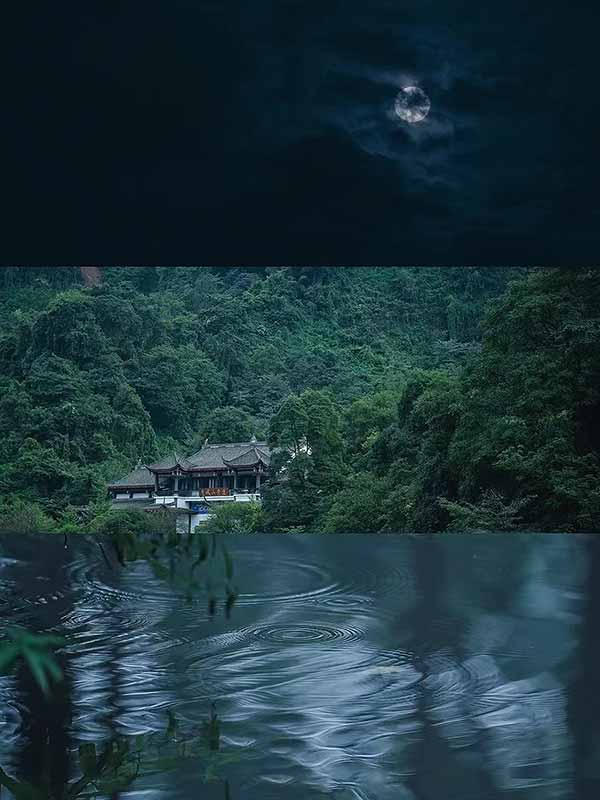
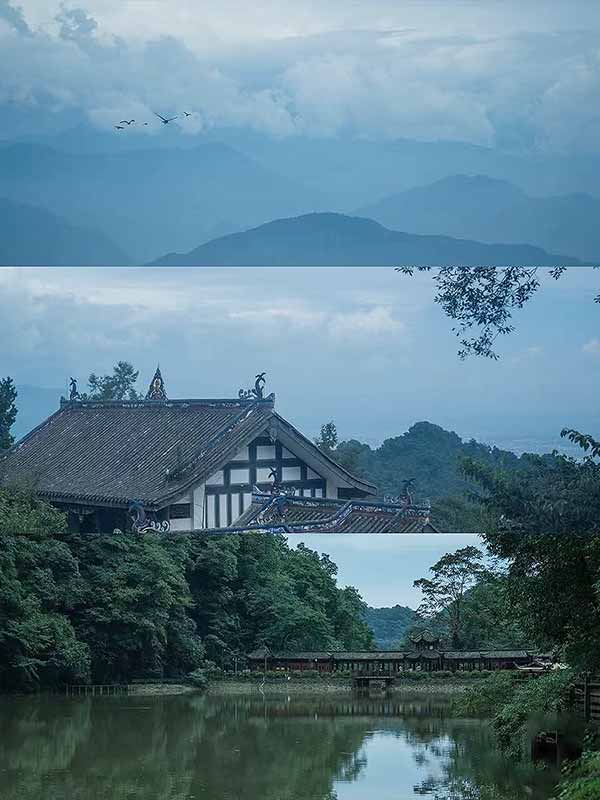
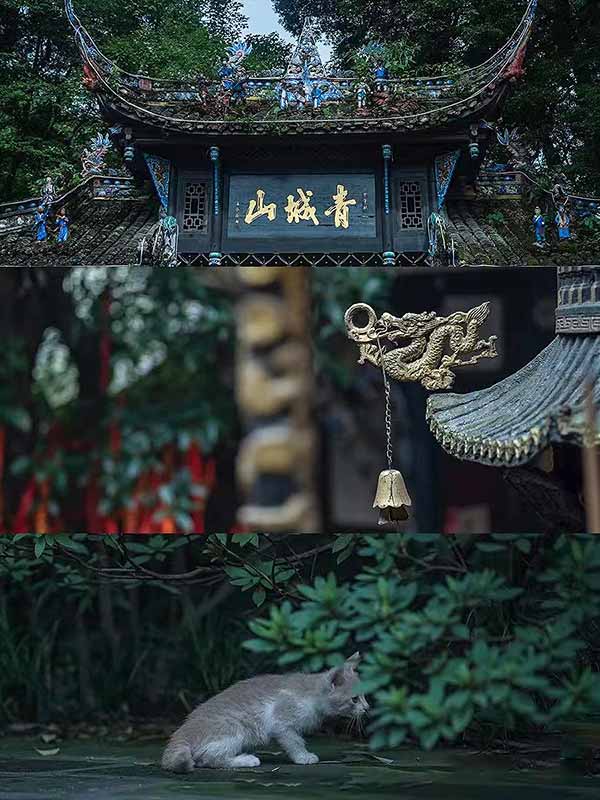
Mountain Qingcheng, a world cultural heritage, is a national critical cultural relics protection unit, a national AAAAA-level tourist attraction, a sacred site of the Quanzhen Longmen School, one of the top ten caves, one of China’s four famous mountains, and one of China’s five fairy mountains.
. Mount Emei
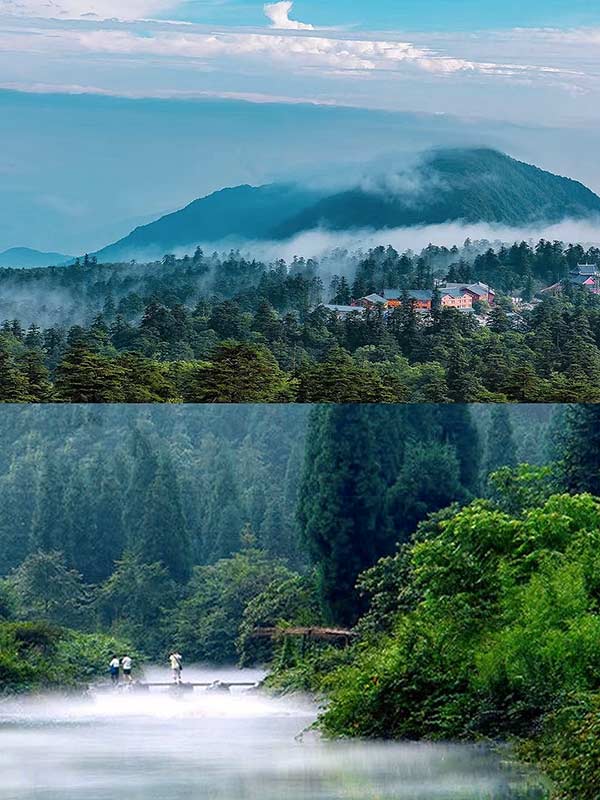
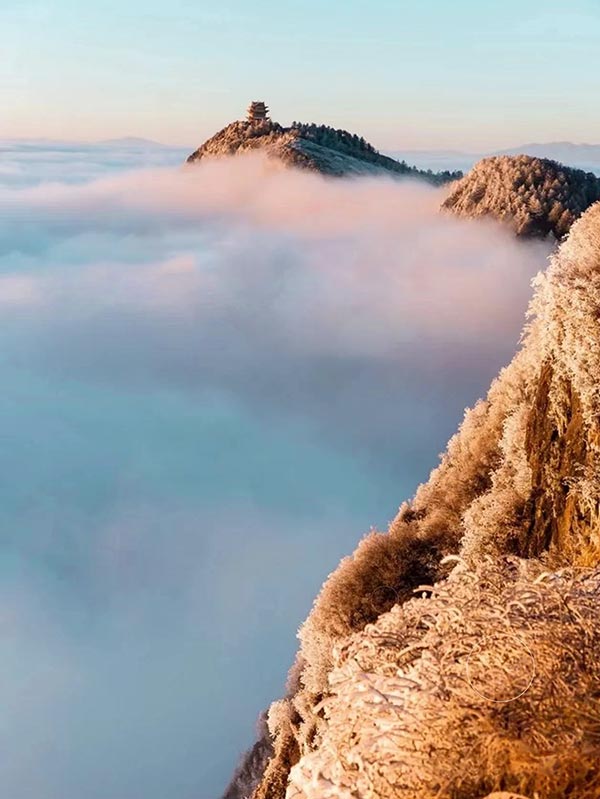
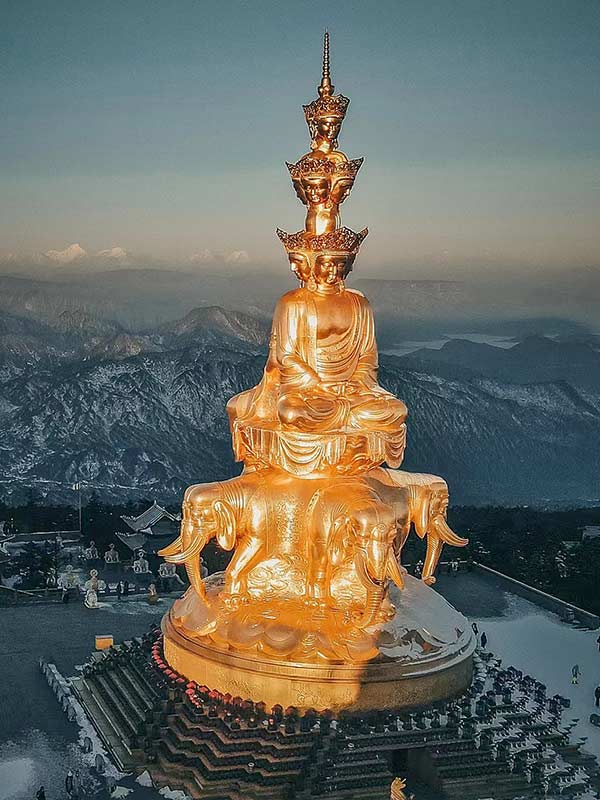
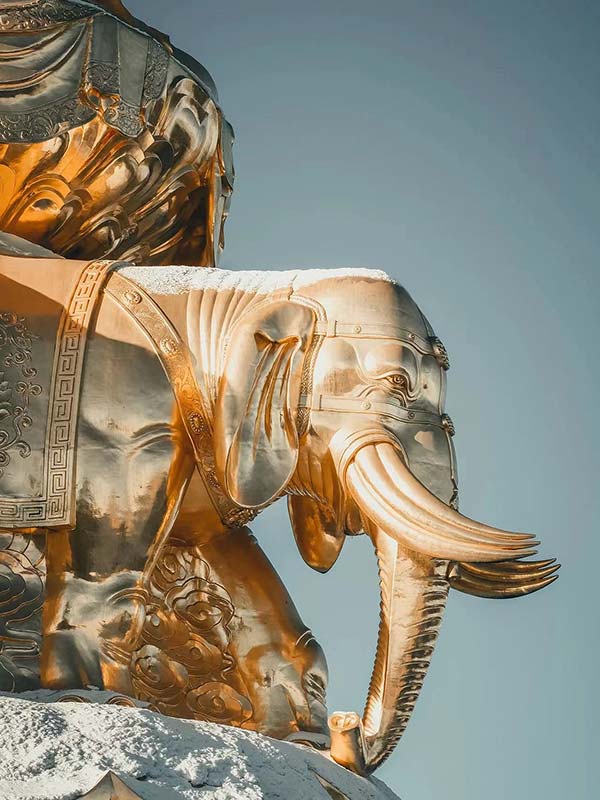
Mount Emei is one of the “Four Famous Buddhist Mountains” in China, with steep terrain and beautiful scenery. Thousands of Buddha Top on the mountain is the highest, with an elevation of 3,099 meters and more than 2,700 meters above the Emei Plain. Mount Emei is the dojo of Samantabhadra. All buildings, statues, rituals, music, paintings, etc., show the richness of religious culture. There are many historical sites and temples on the mountain, and it is one of the destinations for tourism, recovery, and summer vacation in China.
. Teahouse
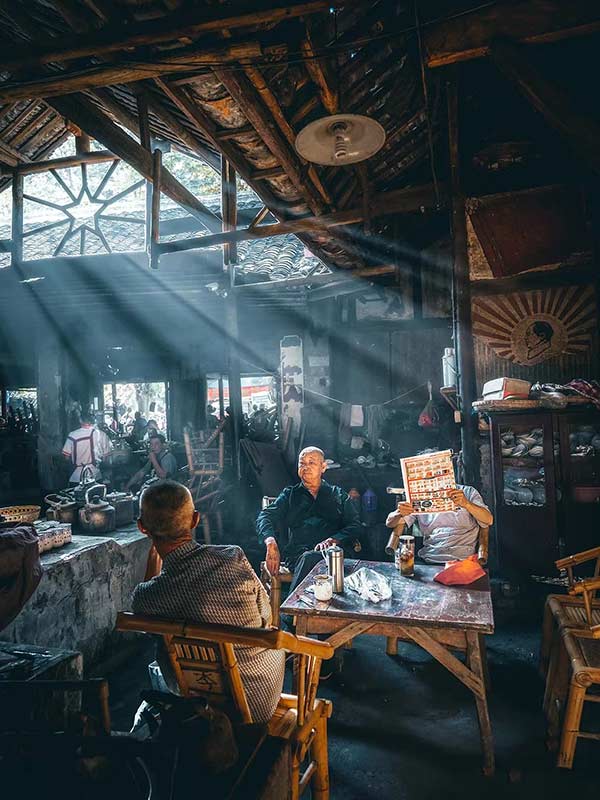
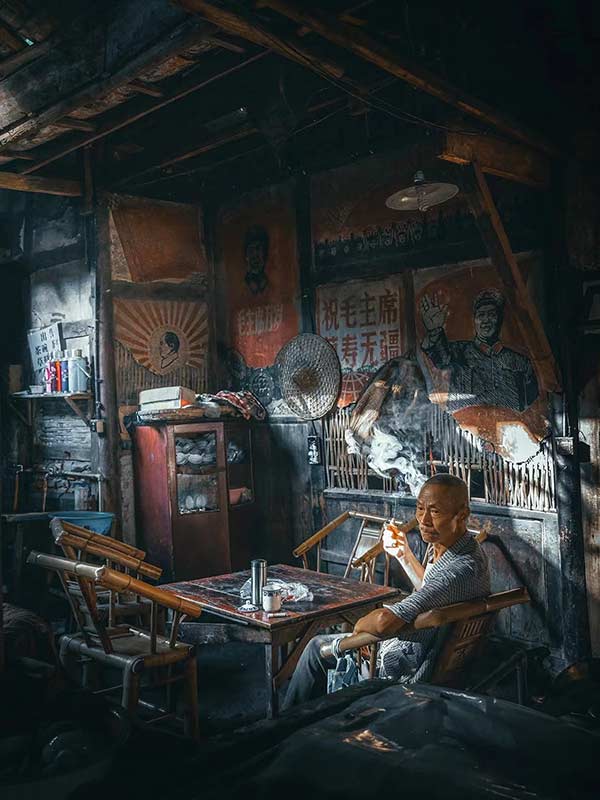
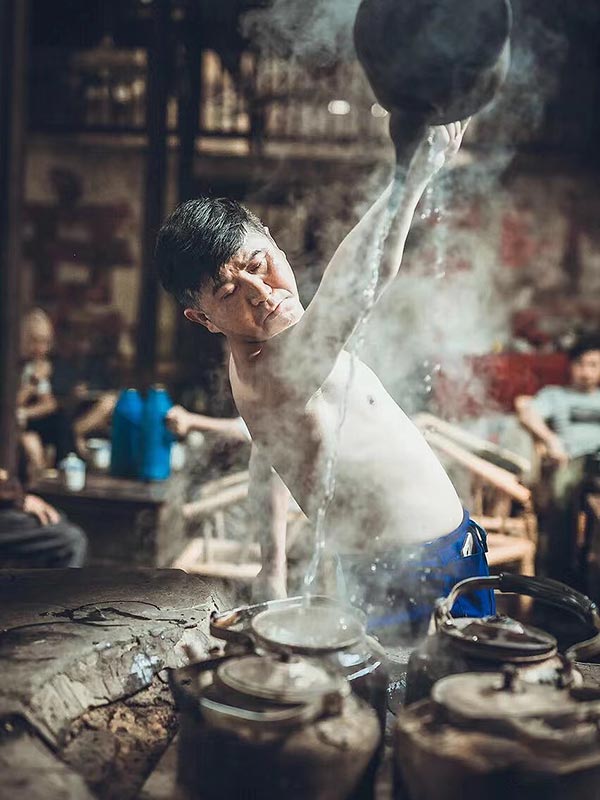
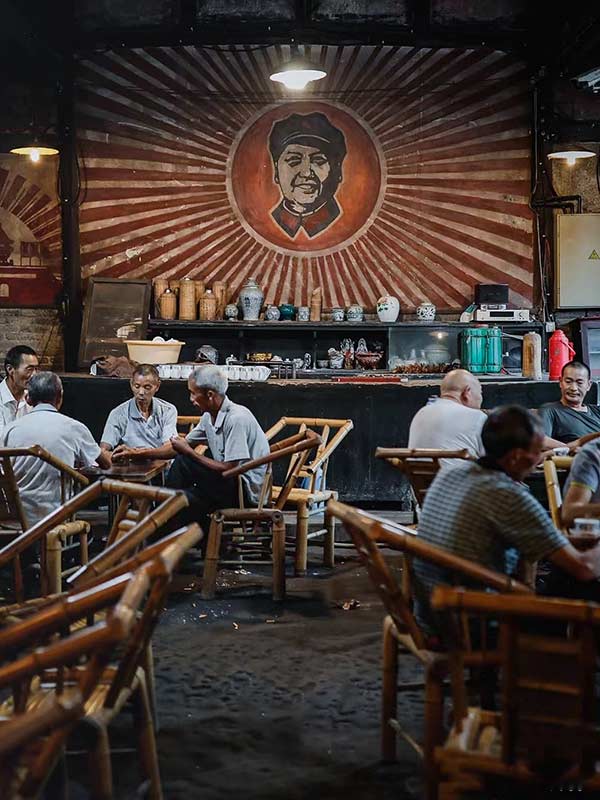
In Chengdu, the teahouse is a kind of culture, but also a type of life. In the culture of old Chengdu, apart from the mahjong culture, the most classic is probably the teahouse culture. Killing time in teahouses has always been one of the most typical leisure lifestyles of Chengdu people. The innate calmness and leisure in the bones can no longer be more embodied than Killing time in teahouses.

